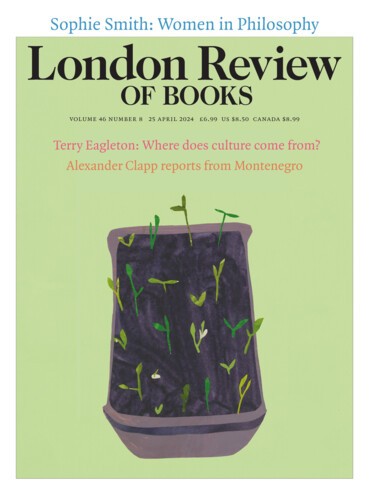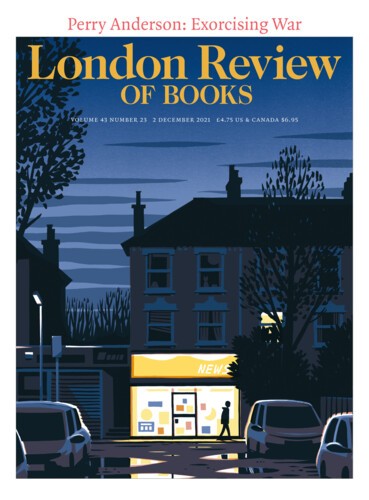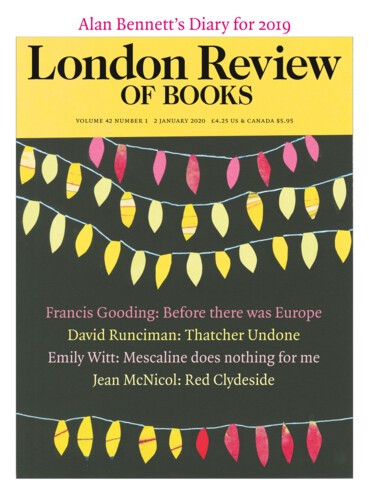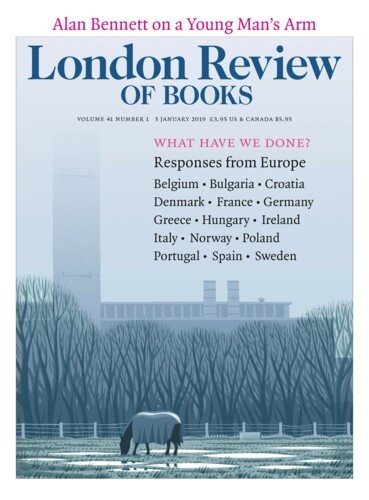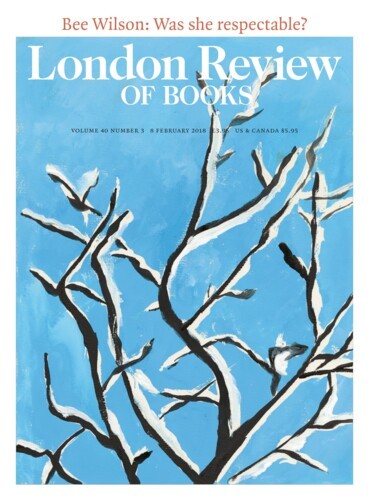No Taste: Above the Altar
Charles Hope, 25 April 2024
Florence has always been at the heart of any history of Renaissance art. The two most obvious reasons for this are the survival, especially in the city itself, of a very large number of works of art from that period, and the influence of Vasari’s Lives, which is mainly about Florentine artists. For the 15th century, the period of Masaccio, Botticelli and the young Leonardo da Vinci,...
